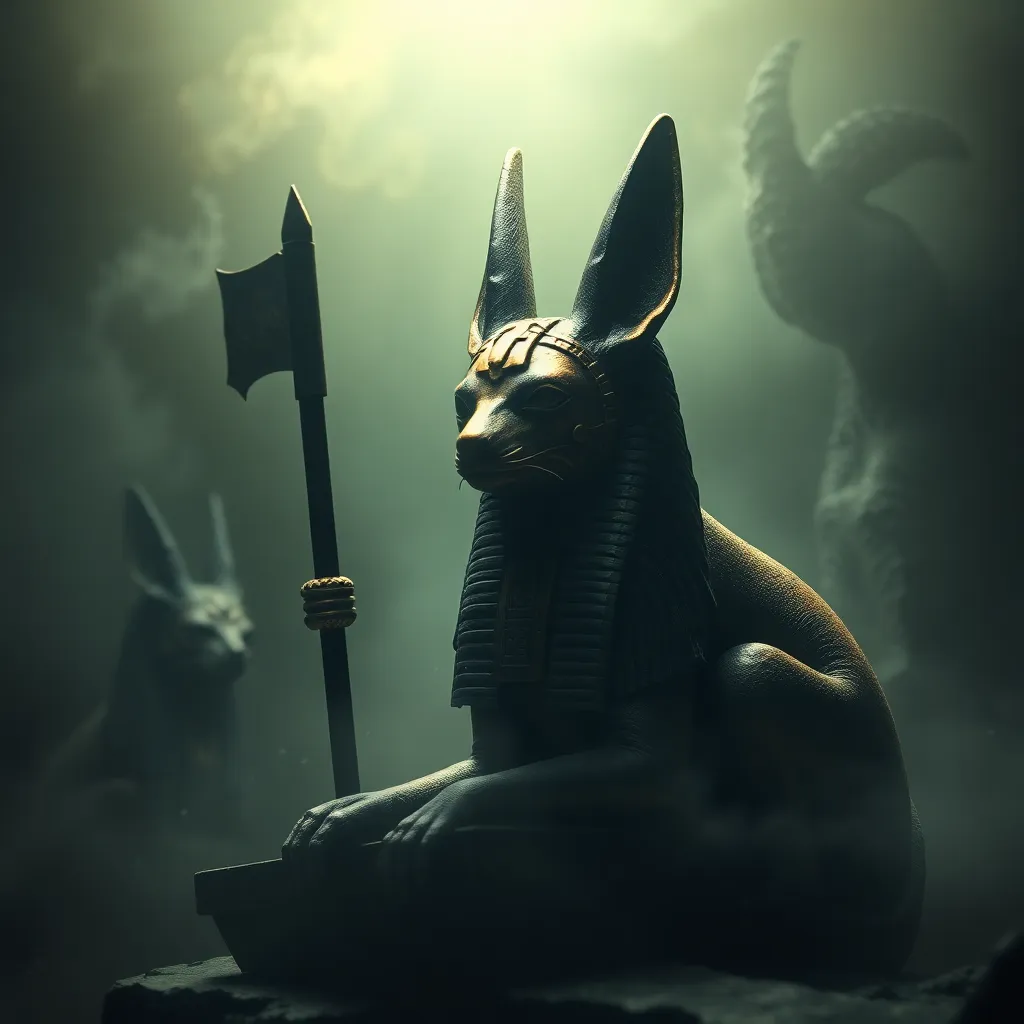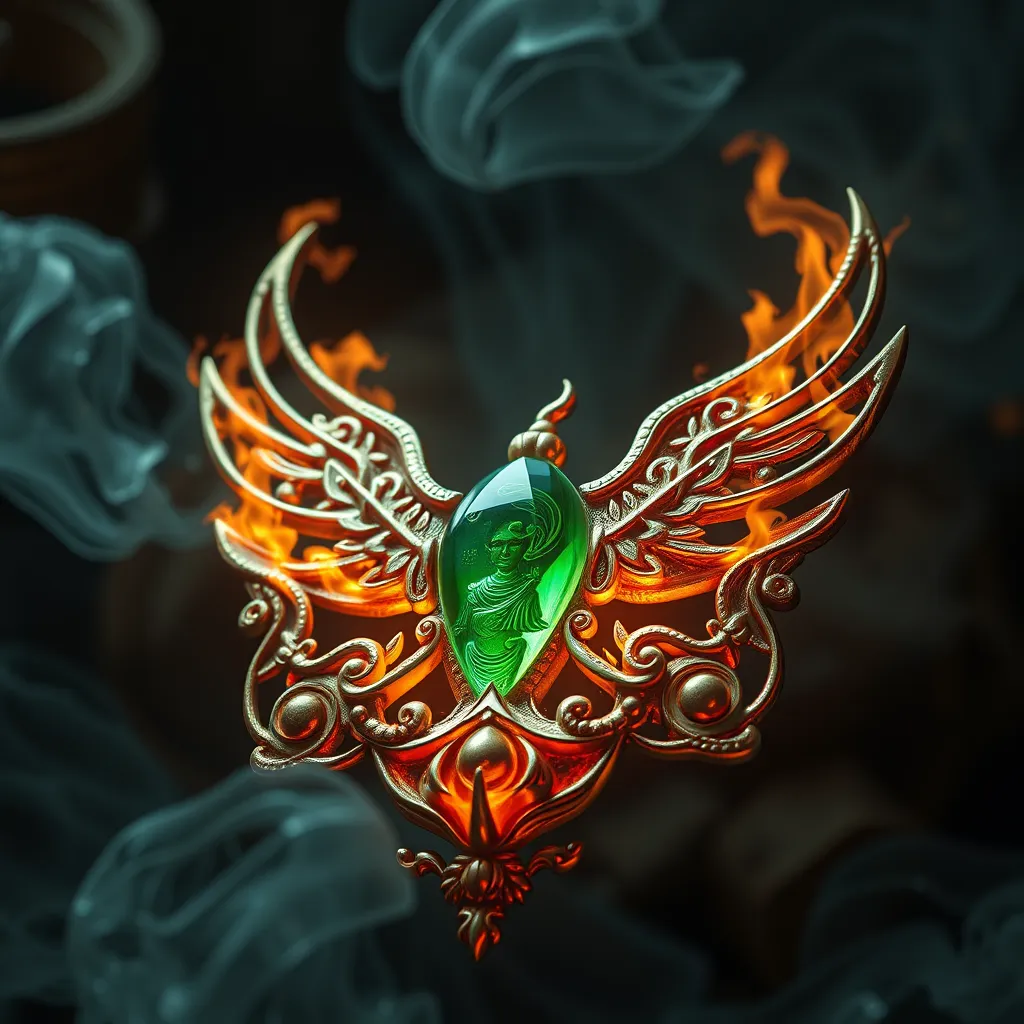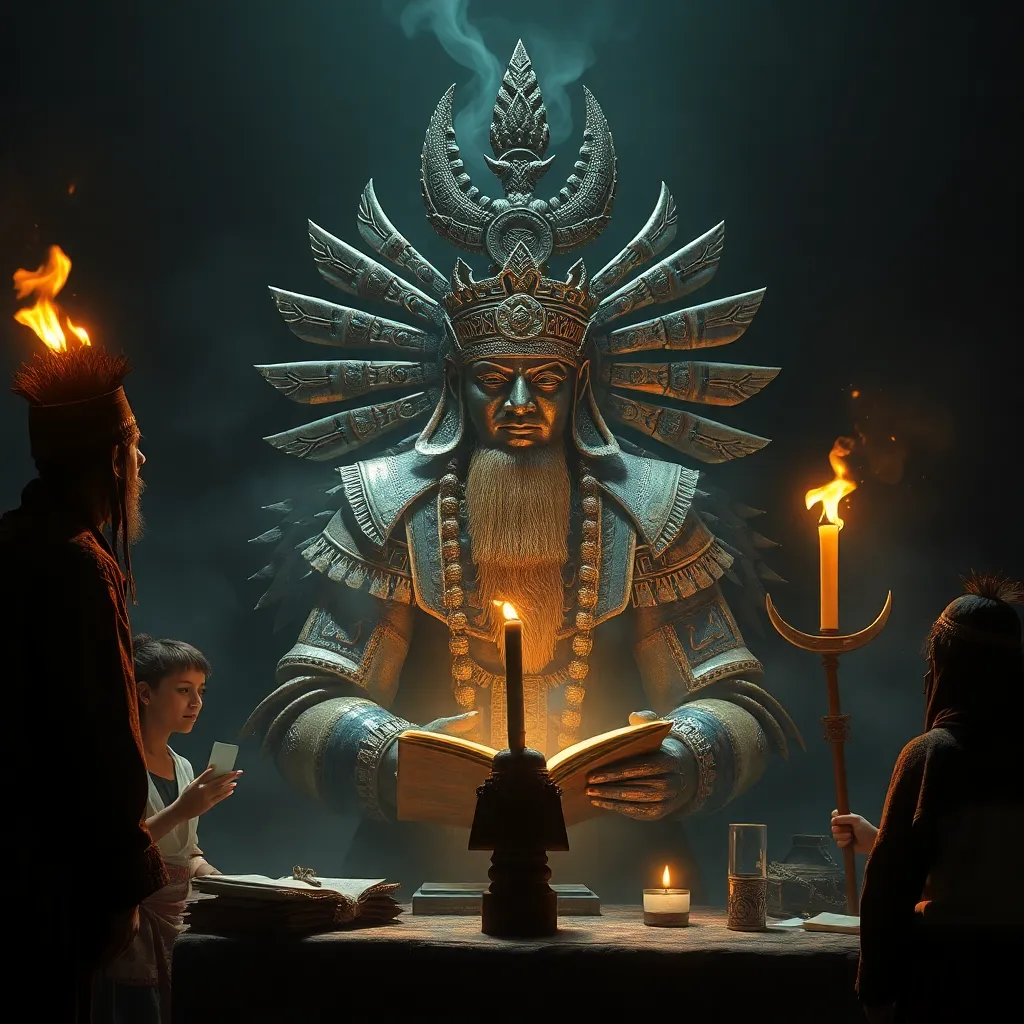The Anubis Myth: A Symbol of Transformation and Renewal
I. Introduction
Anubis, one of the most recognizable deities of ancient Egyptian mythology, is often associated with mummification and the afterlife. This enigmatic figure, typically depicted with a canine head, serves as a bridge between the living and the dead, guiding souls through the transformative journey of the afterlife. In the context of ancient Egyptian beliefs, the concepts of transformation and renewal were not just spiritual ideals but fundamental aspects of existence, reflecting a cyclical understanding of life.
The purpose of this article is to explore the rich tapestry of the Anubis myth, focusing on how it symbolizes transformation and renewal, both in the ancient world and in contemporary society.
II. Historical Context of Anubis
The origins of Anubis can be traced back to the earliest periods of ancient Egyptian civilization. Initially, he was associated with the dead and the funerary rites, evolving into a more defined deity as Egyptian culture developed.
Anubis played a crucial role in funerary practices; he was believed to protect the dead and oversee the mummification process. His presence in tombs and funerary texts illustrates his importance in ensuring safe passage to the afterlife.
The iconography of Anubis is striking. He is commonly depicted as a man with a jackal head or as a full jackal, symbolizing his connection to the graveyards where jackals were often seen. This imagery reinforced his role as a guardian of the dead.
III. The Symbolism of Anubis
Anubis embodies several symbolic meanings that resonate deeply within the context of life, death, and the afterlife:
- Guide to the Afterlife: Anubis is often portrayed as a guide for souls entering the afterlife, leading them through the various challenges they face.
- Representation of Death and Rebirth: He symbolizes the cycle of death and the possibility of rebirth, emphasizing that death is not an end but a transformation.
- Protector and Judge: As both protector of the dead and judge of their souls, Anubis embodies the duality of death—both a safe passage and a moment of reckoning.
IV. Transformation in the Anubis Myth
The journey of the soul through the afterlife is a pivotal element of the Anubis myth. Upon death, the soul embarks on a transformative journey, guided by Anubis, who assists in navigating the complexities of the underworld.
One of the most significant moments in this journey is the weighing of the heart ceremony, where the heart of the deceased is weighed against the feather of Ma’at, symbolizing truth and justice. Anubis plays a critical role in this ceremony, ensuring that the process is conducted fairly.
This weighing represents a rite of passage, where the soul must confront the life it lived and the moral choices made, leading to either eternal reward or punishment.
V. Anubis and the Concept of Renewal
The ancient Egyptians held a deep belief in the cycle of life and death, viewing them as interconnected rather than opposing forces. Anubis, as a deity associated with the afterlife, embodies this cyclical nature.
He is seen as a figure of resurrection and new beginnings, emphasizing the idea that transformation is not just about endings but also about new opportunities. Cultural practices surrounding renewal, such as the annual flooding of the Nile, were integral to Egyptian life and were often linked to the myths surrounding deities like Anubis.
VI. Anubis in Modern Culture
The legacy of Anubis extends beyond ancient Egypt; he has found a place in modern literature, media, and art:
- Representation in Literature and Media: Anubis appears in various contemporary novels, movies, and video games, often portraying him as a guardian of the dead or a symbol of mystery.
- Influence on Contemporary Spirituality: Many modern spiritual practices draw upon the symbolism of Anubis, using him as a representation of transformation and guidance through personal trials.
- Symbolic Interpretations in Art: Artists today continue to explore the themes of death, transformation, and renewal through the lens of Anubis, creating works that resonate with ancient meanings.
VII. Lessons from the Anubis Myth
The Anubis myth offers profound insights into coping with change, grief, and the natural cycles of life:
- Coping with Change and Grief: Anubis teaches that transformation is a part of life, helping individuals navigate their feelings during times of loss.
- Importance of Transformation: The myth underscores the significance of personal growth, encouraging individuals to embrace change as a vital part of their journey.
- Embracing Renewal: Anubis reminds us that renewal is a natural aspect of existence, inviting us to seek new beginnings even after endings.
VIII. Conclusion
In conclusion, Anubis holds a significant place in Egyptian mythology, representing the complex interplay of transformation and renewal. His enduring legacy serves as a powerful reminder of the importance of navigating life’s transitions with grace and understanding.
The relevance of the Anubis myth continues to resonate today, offering timeless lessons on the nature of change, the cycles of life, and the potential for rebirth. As we reflect on the story of Anubis, we are reminded that transformation is an integral part of our human experience, one that can lead to profound renewal and growth.



